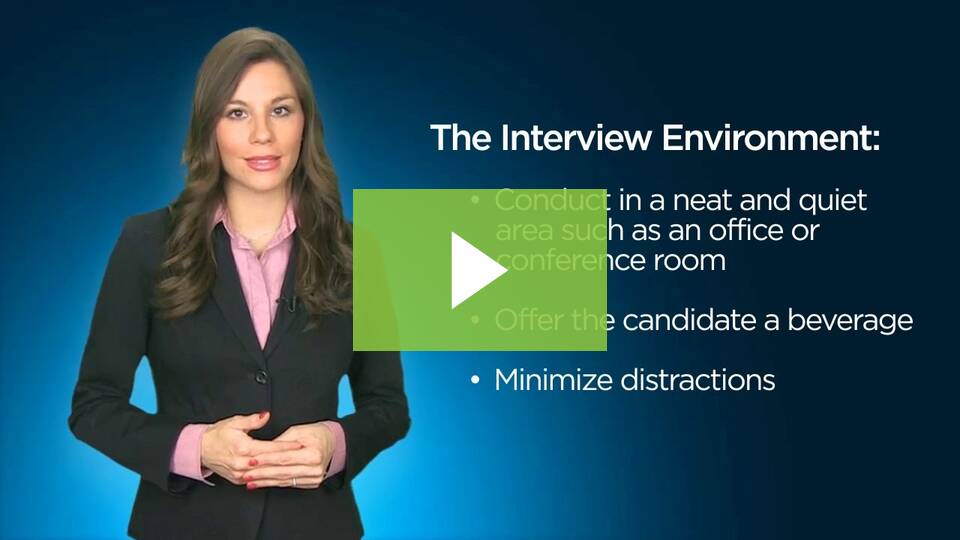April Newsletter 2021
| Monthly Newsletter by OC Benefit Advisors |
| April 2021 |
Temporary COVID-19 Relief for Section 125 Plans. On Feb. 18, 2021, the IRS released Notice 2021-15 to clarify special rules for Section 125 plans, health flexible spending arrangements (FSAs) and dependent care assistance programs (DCAPs). Special Rules for Health FSAs and DCAPs The Notice is intended to clarify the application of special rules for health FSAs and DCAPs under the Consolidated Appropriations Act, 2021 (CAA). The CAA provides flexibility for carryovers of unused amounts, extends the time period for incurring claims, allows post-termination reimbursements from health FSAs and provides special rules for dependents who “age out” of DCAP coverage during the COVID-19 public health emergency. Section 125 Mid-year Election Changes The Notice’s relief for mid-year Section 125 plan elections for plan years ending in 2021 is similar to prior guidance for 2020. Section 125 plans may allow employees to make or revoke election changes in certain circumstances. Top Causes of Discrimination According to the EEOC, the following are the top 10 reasons for workplace discrimination claims in fiscal year 2020: Retaliation—37,632 (55.8% of all charges filed) Disability—24,324 (36.1%) Race—22,064 (32.7%) Sex—21,398 (31.7%) Age—14,183 (21.0%) National Origin—6,377 (9.5%) Color—3,562 (5.3%) Religion—2,404 (3.6%) Equal Pay Act—980 (1.5%) Genetic Information—440 (0.7%) These percentages add up to more than 100% because some lawsuits were filed alleging multiple reasons for discrimination. Steps for Employers Employers should consider the following steps to protect themselves from retaliation and other discrimination claims.  Employee benefits aren’t always simple. In fact, for many young employees, they’re downright confusing. Here are five ways you can start informing young employees about their benefits right away: 1. Start with benefits 101—Start educating with benefits 101 education, assuming employees have no base knowledge. Resources in this area cover insurance basics, such as common terms, group health coverage ins and outs, and enrollment period restrictions. 2. Explain what’s in it for them— “What’s in it for me?” Employees, especially younger ones, will undoubtedly want to understand why it’s worth it to learn insurance basics. 3. Vary the messaging—Use several formats to help reinforce benefits education among employees and capture more attention. Examples include email announcements, PowerPoints, videos, mail-home flyers, and posters. 4. Don’t stop educating—Benefit knowledge isn’t something achieved overnight. Rather, it should begin immediately and continue year-round. 5. Be there for questions—Have a dedicated person on the HR team help answer benefits-related questions. You have a responsibility to educate your employees about their benefits. Young employees can’t be expected to understand their benefits nor make wise health care choices if they don’t understand benefits basics. How to Conduct a Job Interview The most important tasks in conducting a job interview are preparing questions and evaluating candidate answers. Learn the action steps you need to know by watching the video.  |
